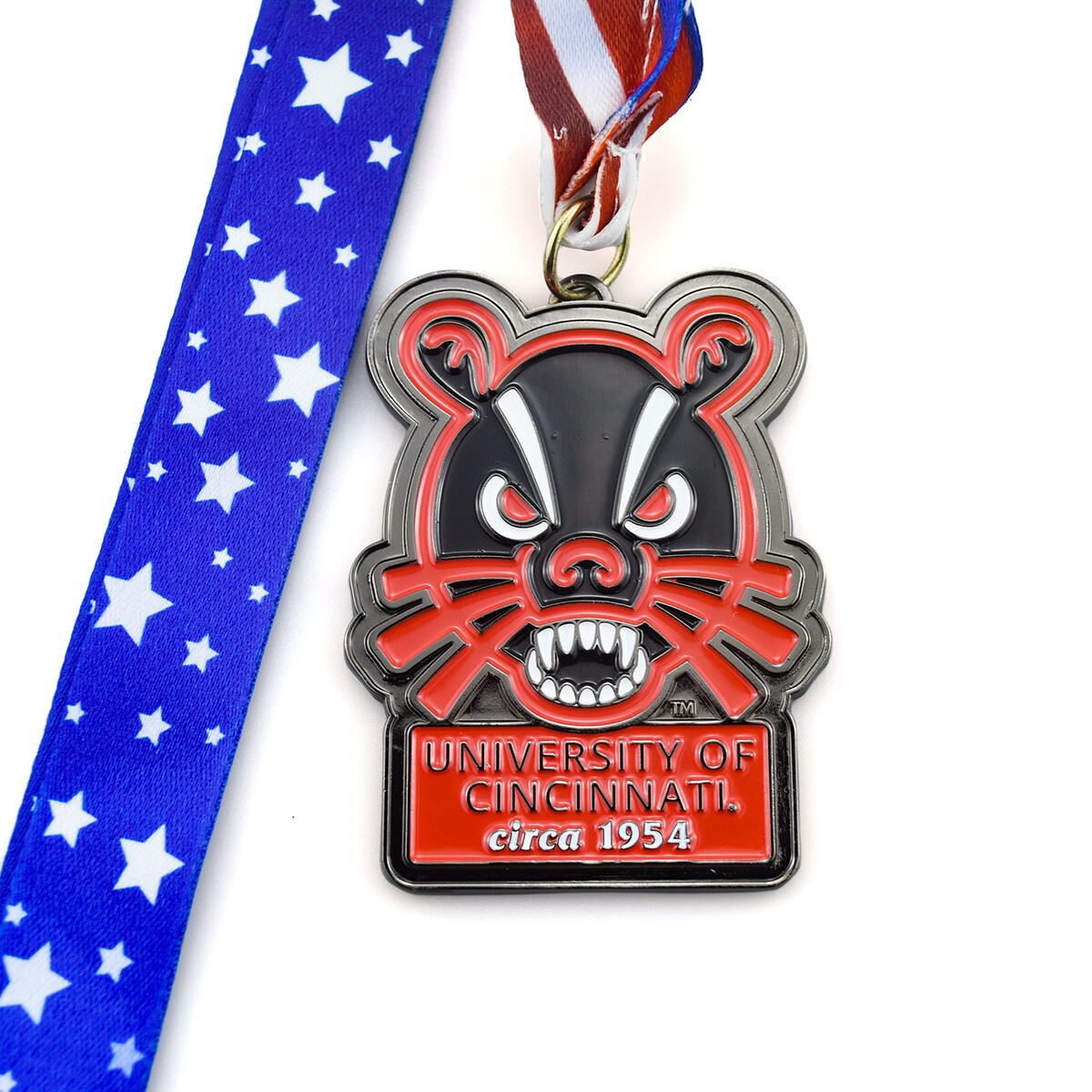About Us
Unitepins, located in Zhongshan city, is a professional manufacturer that has been producing and exporting custom promotional gifts for customers all over the world for more than 20 years.
No. 9-1, 9th Street, Yucai Road, Jiuzhouji, Zhongshan, Guangdong +86-15913444173 [email protected]
Medal design has undergone a remarkable transformation in recent years, blending traditional craftsmanship with modern aesthetics and technological innovation. As organizations and events continue to seek unique ways to honor achievements, the art of medal design has evolved to meet contemporary expectations while maintaining its timeless significance.
Today's medal designs reflect not only the accomplishments they celebrate but also incorporate elements of sustainability, cultural diversity, and cutting-edge manufacturing techniques. This shift represents a fascinating intersection of artistic expression and practical functionality that defines modern award recognition.
Environmental consciousness has significantly influenced medal design, with manufacturers increasingly turning to eco-friendly materials. Recycled metals, biodegradable components, and sustainably sourced materials are becoming standard choices for contemporary medals. This shift not only reduces environmental impact but also adds a meaningful dimension to the awards themselves.
Some organizations are exploring alternative materials like recycled ocean plastics or repurposed industrial metals, creating unique pieces that tell a story beyond the achievement they represent. These sustainable choices often result in distinctive textures and finishes that set modern medals apart from traditional designs.
3D printing and digital fabrication have revolutionized medal design possibilities. These technologies allow for intricate details, complex geometries, and customization options that were previously impossible or prohibitively expensive. Designers can now create medals with multiple layers, embedded elements, and unique structural features that enhance both visual appeal and symbolic meaning.
Laser etching and precision cutting techniques enable the incorporation of fine details and personalized elements, while advanced finishing processes provide durability and aesthetic enhancement. These manufacturing innovations have expanded the creative possibilities while maintaining production efficiency.
Modern medal design often embraces minimalism, featuring clean lines, simplified imagery, and thoughtful use of negative space. This approach creates striking visual impact while maintaining elegance and professional appeal. Designers are moving away from ornate, traditional patterns in favor of bold, contemporary compositions that resonate with current design sensibilities.
Color plays an increasingly important role, with designers incorporating innovative finishing techniques and mixed materials to create unique visual effects. Metallic gradients, matte finishes, and contrasting textures add depth and dimension to otherwise simple designs.
Contemporary medal designs often feature moving parts, transformable elements, or interactive components that engage the recipient. These might include rotating sections, removable pieces, or elements that create different visual effects when viewed from various angles. Such dynamic features add an element of surprise and engagement to the traditional medal concept.
Some designs incorporate technological elements like QR codes or NFC chips, linking physical medals to digital content or authentication systems. This fusion of traditional recognition with modern technology creates a bridge between tangible awards and digital experiences.

Modern medal design increasingly reflects cultural diversity and inclusion. Designers are incorporating elements from various cultural traditions, creating medals that resonate with global audiences while maintaining local significance. This approach often results in rich, meaningful designs that tell stories through carefully chosen symbols and motifs.
Organizations are particularly focused on creating medals that represent their values and mission while acknowledging the diverse backgrounds of recipients. This cultural sensitivity in design helps create more meaningful and inclusive recognition experiences.
Contemporary medals often feature design elements that tell a story or convey a journey. This might include sequential patterns, layered imagery, or symbolic progressions that represent achievement or growth. These narrative elements add depth and meaning to the physical award.
Brand integration has become more sophisticated, with designers finding subtle ways to incorporate organizational identity without overwhelming the overall design. This balance ensures medals remain timeless while clearly representing their awarding institutions.
Sustainable materials used in modern medal design often meet or exceed traditional quality standards. Advanced manufacturing techniques ensure that eco-friendly medals maintain durability and aesthetic appeal while reducing environmental impact. Many sustainable materials also offer unique properties that can enhance the medal's overall design and appeal.
Customization has become increasingly important in medal design, with organizations seeking unique ways to personalize awards. Modern manufacturing techniques allow for cost-effective customization options, from individual name engravings to specific color schemes and personalized design elements that reflect the recipient's achievement.
Digital integration in medal design ranges from embedded QR codes and NFC chips to augmented reality features. These technologies can link physical medals to digital content, verification systems, or interactive experiences, creating a bridge between traditional recognition and modern digital engagement.